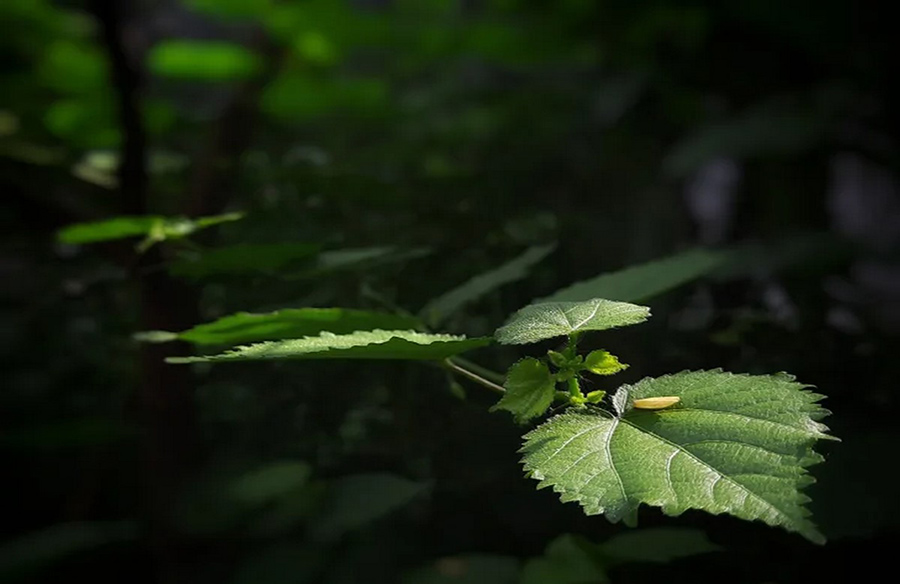In a quest to inject some excitement into his plant collection, Daniel Emlyn-Jones, a resident of Oxford, U.K., has taken on the challenge of nurturing the world’s most venomous plant—the gympie-gympie. Originating from Australia, New Guinea, and Malaysia, this unique addition to Emlyn-Jones’s botanical ensemble belongs to the stinging nettle family, boasting leaves adorned with hairlike needles capable of inducing agonizing pain in both humans and animals for an extended duration.
The Gympie-Gympie Experience
Encountering a gympie-gympie needle is described as a sensation akin to being simultaneously burned with acid and electrocuted. The densely packed needles on the plant’s leaves ensure that a single encounter rarely involves just one needle. Victims of the gympie-gympie may endure swelling, rash, and persistent pain that can persist for days or even months. Notably, the active pain stimulant peptide in the plant, morphoidin, defies relief from morphine, and severe cases may necessitate hospitalization.
Emlyn-Jones’s Cautious Approach
Despite the inherent dangers, Emlyn-Jones conscientiously safeguards his gympie-gympie, housing it within a cage adorned with a prominent “danger” sign. The leaves are deliberately kept away from the cage’s bars to shield visitors from potential harm. Emlyn-Jones handles the plant with heavy-duty, elbow-length gloves, emphasizing his commitment to engaging others in the allure of unusual plants. He reassures that his approach is conducted with utmost safety, aiming to dispel any notions of recklessness.
The Allure of the Gympie-Gympie
Expressing a desire to share his passion for exotic flora without being perceived as eccentric, Emlyn-Jones’s unique plant choice has garnered attention. Although he experienced a minor incident where a needle pricked him through his gloves, he downplays the severity of the encounter. Legal for purchase online by individuals over 18, the gympie-gympie’s allure may prompt others to explore the unconventional realm of plant cultivation.
Cautionary Insights and Indigenous Impact
Jungle Leaves, a site offering insights into unique plants, highlights the enduring nature of gympie-gympie-induced pain, which can resurface years later with any irritation to the affected areas. Interestingly, Indigenous Australian mammals, bugs, and birds appear unaffected by the plant’s potent effects.
Conclusion: Drama in the Houseplant Collection
While the gympie-gympie undeniably adds drama to Emlyn-Jones’s houseplant collection, the cautious cultivation of this venomous plant prompts contemplation. As enthusiasts explore the captivating realm of unique plants, the gympie-gympie serves as a reminder of the vast and intriguing botanical world, urging us to exercise caution and appreciate the allure of more conventional houseplants like monsteras and pothos.

